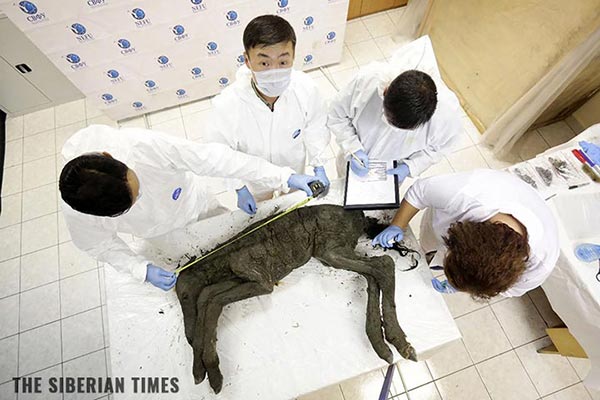Japanese translator explains the science behind an ancient text that teaches Samurai how to develop “supernatural powers”
02/01/2020 / By Arsenio Toledo

A 17th century Japanese text known as “Twelve Rules of the Sword” has finally been translated. The text supposedly teaches samurai “supernatural powers.” However, its translator proposes a more rational explanation.
“Twelve Rules of the Sword” was written in the 17th century, and is a compilation of knowledge passed down by the samurai known as Ito Ittosai, who supposedly fought and won 33 duels over his lifetime. Researchers even believe that he may have lived to be over 90 years old. Ittosai’s teachings were orally passed down, and the descendants of his students recorded them in writing. He pioneered a school of sword fighting known as the One Cut school.
The text itself is filled with rules on how to beat an opponent. However, the part that interested Eric Shahan, who recently translated the text, is the part with two magical prayers that supposedly gave samurai the ability to enhance their mind and spirit. Shahan specializes in translating Japanese martial arts texts like Ittosai’s work. He has even translated a book that explains how samurais should name their babies.
“Eyes of the heart” and other rules
One of the rules laid out by Ittosai is called “eyes of the heart.” Shahan’s translation describes this as how swordsmen should not look at their opponents with their eyes, but should observe them with their spirit. “If you look with your eyes you may get distracted, however by looking with your mind you remain focused,” said Shahan’s translation. Mastering this ability would have stunned many who saw it in action, and therefore they may have attributed Ittosai’s students with supernatural abilities.
However, Shahan said that there may be a scientific explanation for how these ancient samurai used their minds and spirits.
“The explanation is you react faster to things moving in your peripheral vision as opposed to your center focus,” explained Shahan. “Looking directly at an opponent’s sword, consciously registering a movement and then trying to respond will not end well for you in a sword duel. Conversely, allowing your opponent to be in your field of vision without focusing on any one part allows your peripheral vision to react to any movement or attack. You will react faster than you could by staring directly at the enemy.”
Shahan believes that the prayers included in the text could have acted as a meditative ritual. He said that it could have helped samurai clear their mind and help them focus before fighting. (Related: Meditation changes the way your brain processes emotions.)
Some of the other rules in the book include “heart of the fox,” which warns samurai against being too cautious. This is supposedly patterned over how foxes are so cautious and suspicious that it gets them killed by fox hunters. Another one is called “pine tree in the wind,” which advises samurai to have “no rhythm” when fighting. Another, called “cutting down,” involves fighting using split-second reactions.
Shahan’s explanation for the supposedly “supernatural” powers of the samurai is meant to be an explanation for the way Ittosai’s students would have trained. Shahan believes that the One Cut school would have trained its students all their lives, so much so that sword fighting techniques would have been basically muscle memory to them. To supplement this, these samurai also needed to learn mental fortitude “to allow their body to respond without their mind second guessing the situation.”
Sources include:
Tagged Under: ancient history, ancient text, artifacts, cosmic, history, Japan, medication, mind, real history, samurai, super powers, supernatural, The Way of the Sword, translation, Unexplained, weird science
RECENT NEWS & ARTICLES
COPYRIGHT © 2017 ARTIFACTS NEWS



















